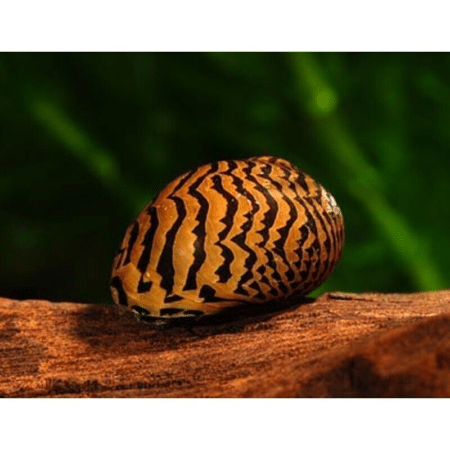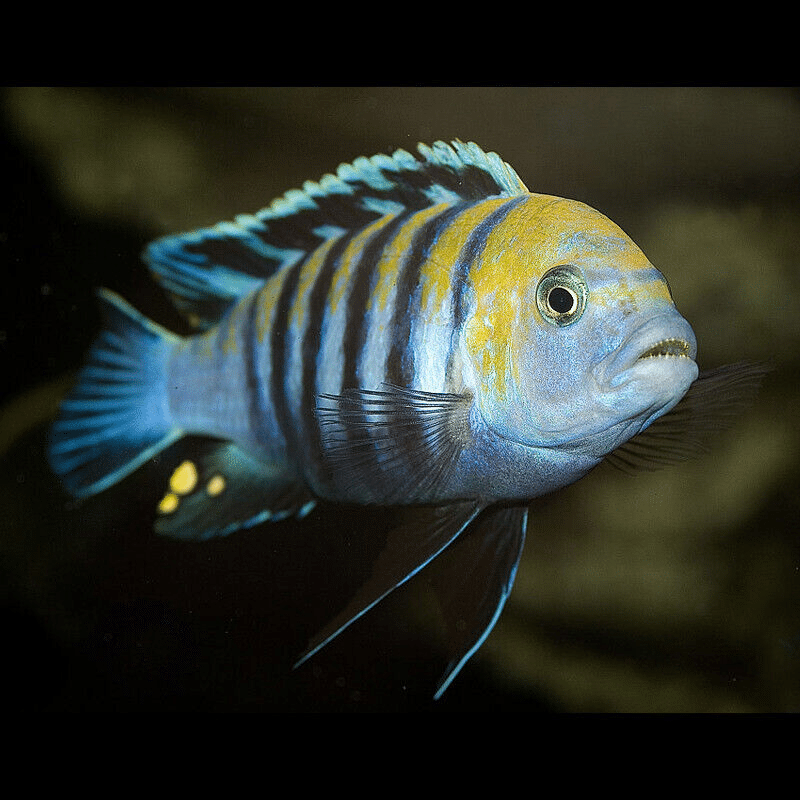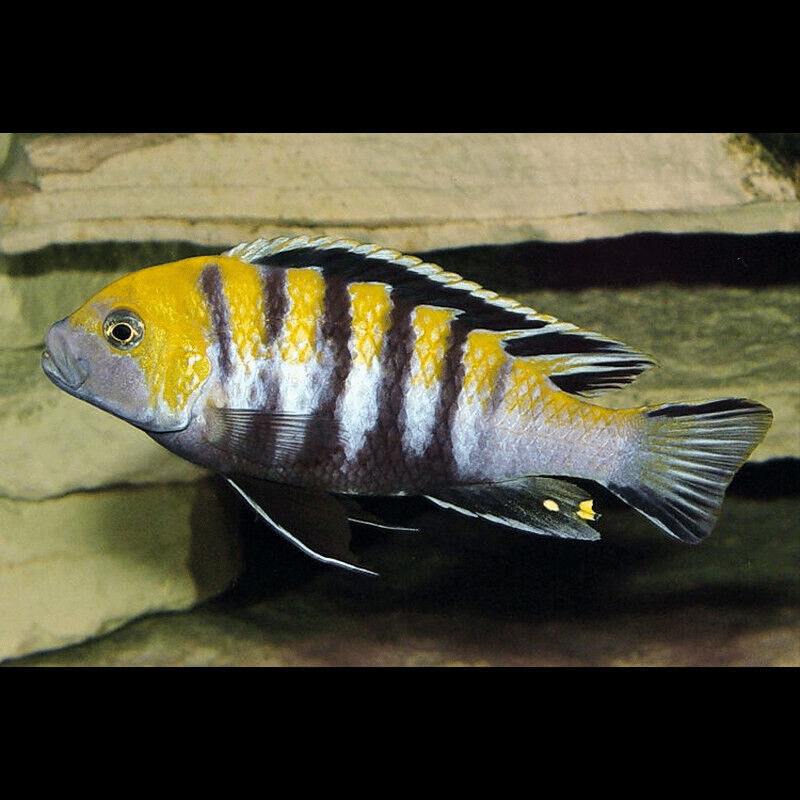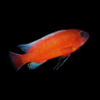-
×
-
×
-
×
Subtotal: £60.00



















Emily Carter (verified owner) –
I recently added the Cobue Dogtooth Cichlid to my aquarium setup, and I couldn’t be more thrilled! It’s been about two months since I introduced this stunning Malawi Cichlid to my tank, and its vibrant colors and striking personality have completely transformed my aquarium. I’ve always admired how these fish thrive in well-structured environments, and I ensured my setup mimics their natural habitat as much as possible with plenty of caves and open swimming areas.
After a week of acclimation, my Cobue was swimming confidently and showing off its beauty. Compared to other cichlids I’ve kept, this one has a much more engaging temperament, often displaying playful behaviors that captivate my entire family. The only minor concern I had was its initial shyness, but that quickly faded as it became more comfortable.
I highly recommend the Cobue Dogtooth Cichlid to anyone looking to add a dynamic and colorful addition to their Malawi cichlids collection. Just make sure your tank is spacious and well-filtered, as they appreciate clean water. Overall, I’m delighted with my purchase and would absolutely buy another!